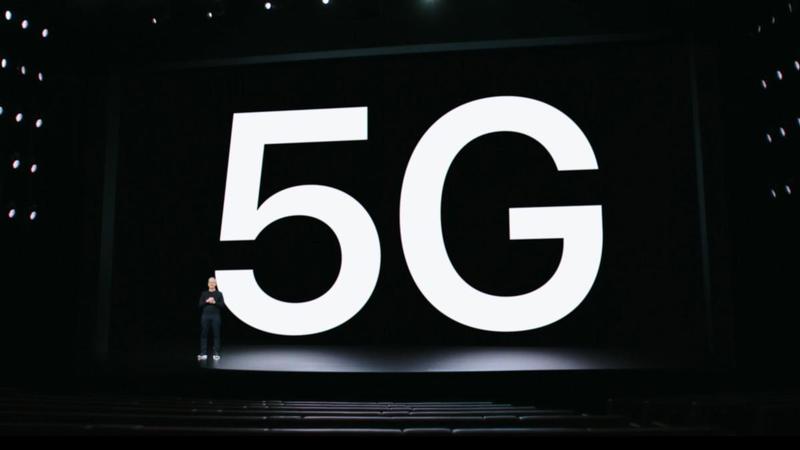Apple left viewers in no doubt that 5G is the single biggest upgrade offered by the new iPhone 12 family, with presenters at the 13 October launch event at several points standing front of a vast virtual 5G sign the size of the stage. But the actual benefit users will get from this potentially groundbreaking technology depends largely on where they live and which operator they use.
This makes real-world speed tests a vital part of the buying decision. And fortunately the first test results with the new models have now begun to appear in the SpeedSmart app, reports 9to5Mac.
The results come from users on the 5G networks belonging to AT&T, T-Mobile and Verizon in the US and are interesting because the three companies use different frequency bands.
AT&T has just started rolling out ‘real’ 5G with mmWave on the 39GHz band, but it looks like the tests that appeared in SpeedSmart instead use the ‘5G Evolution’ network which is in fact LTE Advanced (4G). Speeds recorded in the test were roughly 70-200Mbps (downstream) and 15-25Mbps (upstream).
To date, T-Mobile uses both low frequencies around 600MHz and intermediate frequencies around 2.5GHz, and the results clearly show the differences: two tests are below 100Mbps and two between 450 and 620.
Verizon is the operator that has come the furthest in rolling out mmWave technology, and the results speak for themselves: 700-2,000Mbps and significantly shorter response times than at AT&T and T-Mobile.
In its presentation, Apple focused on 5G coverage in the US. Coverage in most parts of Europe, for example, is unlikely to hit gigabit levels for several years.
This article originally appeared on Macworld Sweden. Translation by David Price.

